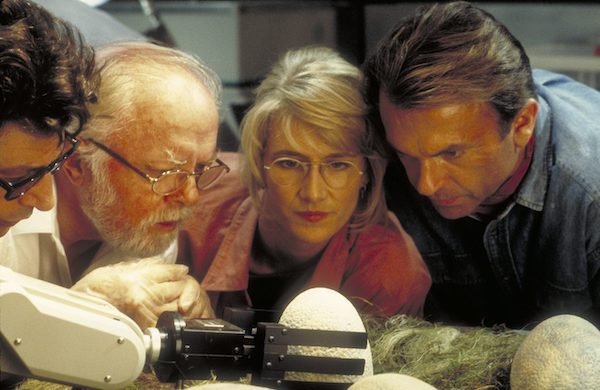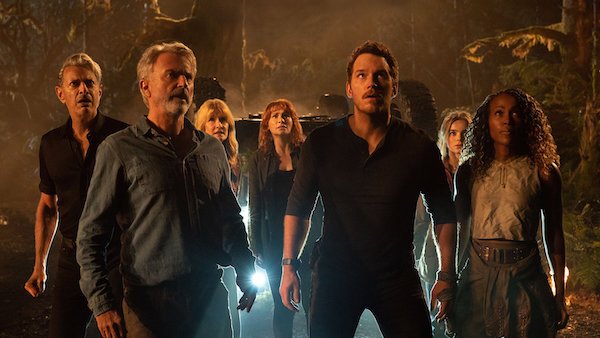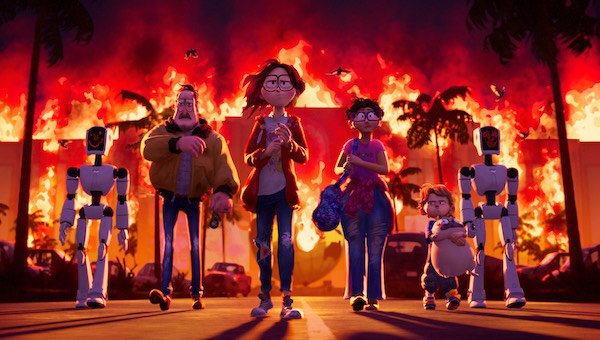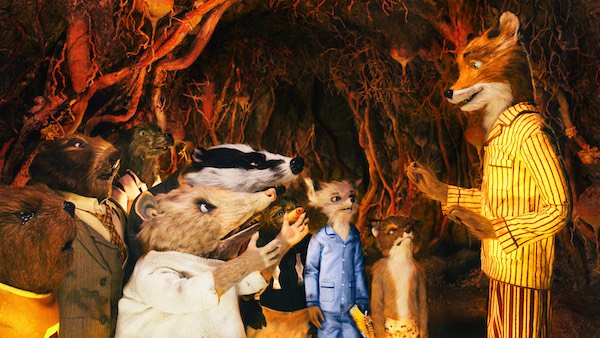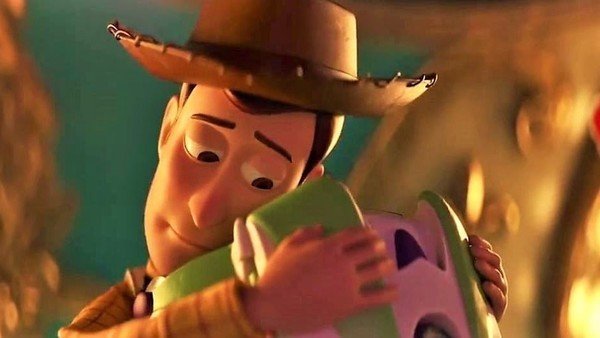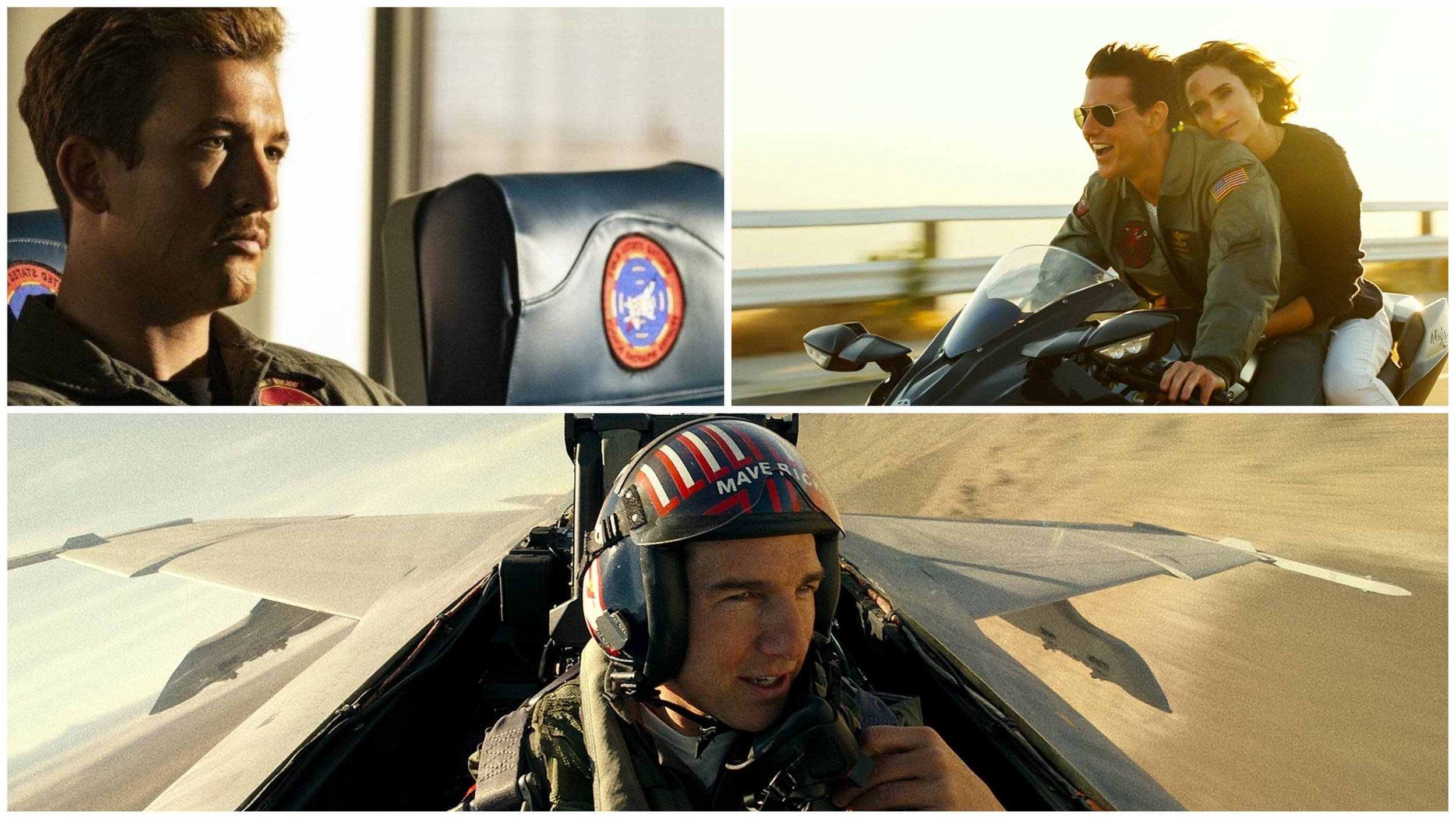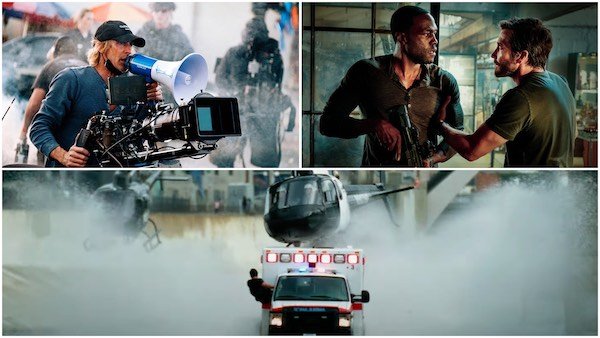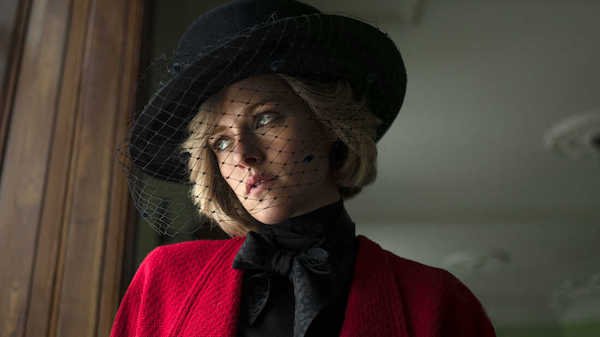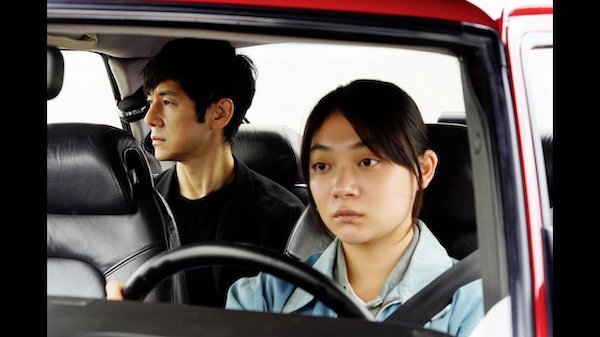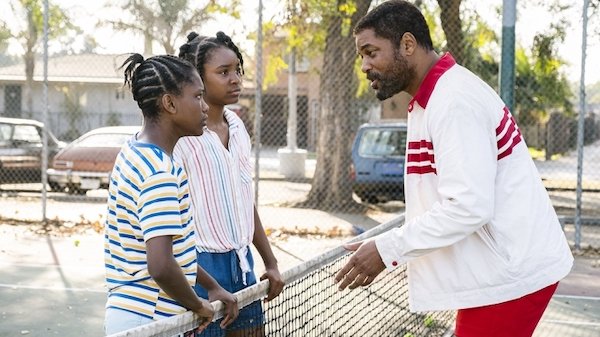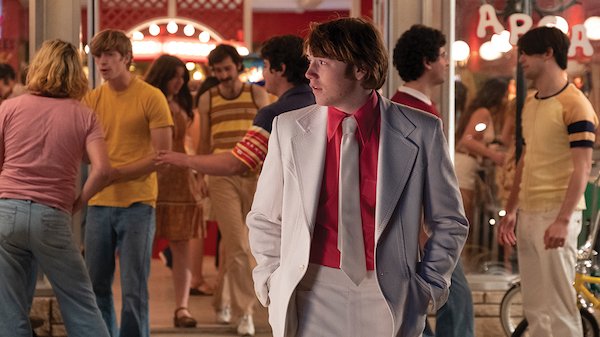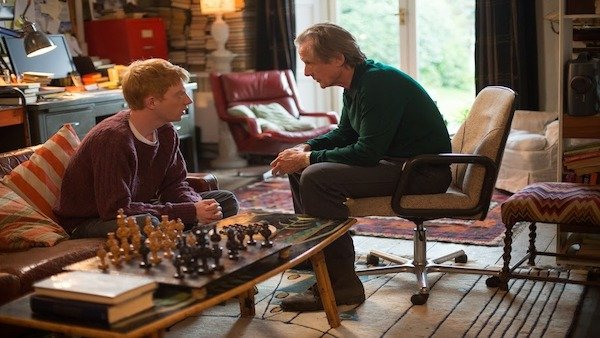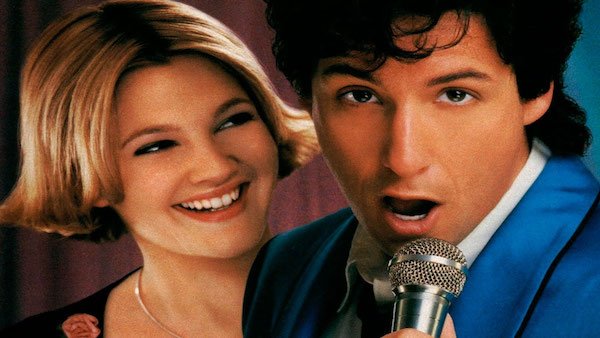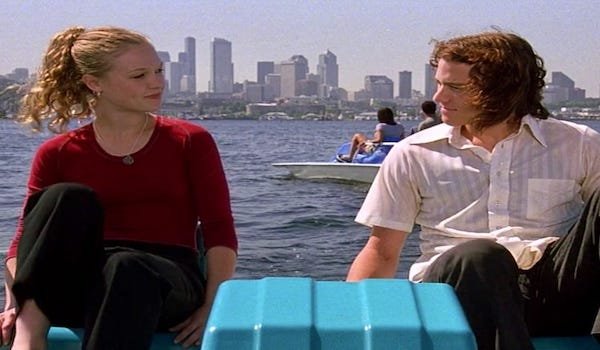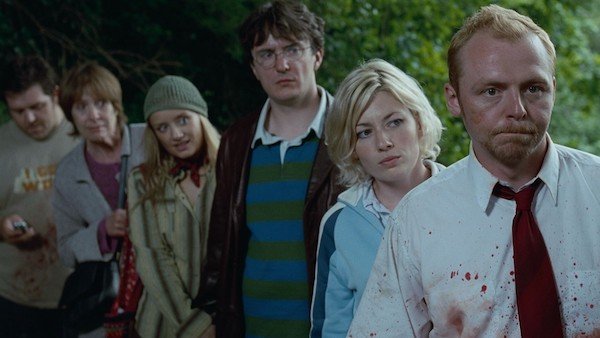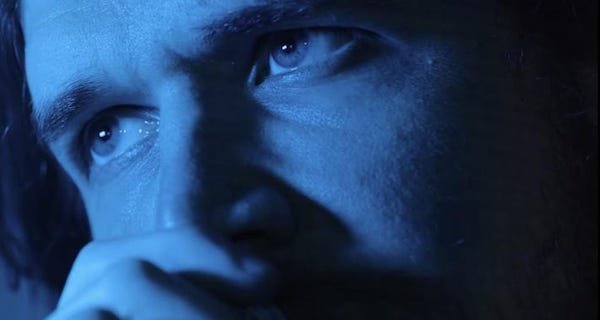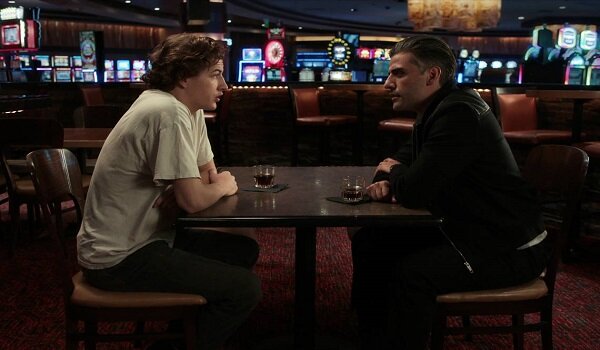The Jurassic Problem: A Franchise Reflection
Life found a way. After five subsequent sequels and billions of dollars in box office revenue, it’s easy to see how far the Jurassic Park franchise has strayed since Spielberg first brought dinosaurs back to life in 1993. Like making copies on a printer that’s running low on ink, this franchise abides by a law of multiplicity in which every new installment seems like a lesser, faded echo of its original document.
That’s hardly the fault of Jurassic World helmer Colin Trevorrow. In fact, before people knew him for taking the reins on Universal’s ground-shaking property, Trevorrow was a dignified indie filmmaker whose only feature narrative was a critically beloved lo-fi comedy called Safety Not Guaranteed. But big studios like hiring small-scale filmmakers to take on big, sweeping projects. Their philosophy is (a) they’re crafty about working within a budget, and (b) they’re more pliable to studio intervention.
Jurassic World: Dominion is a trilogy conclusion with studio fingerprints all over it. As a big budget finale, it’s a loud, thrashing mashup of tones that feels like Mission Impossible with dinosaurs. Is it fan service? Is it a globetrotting action movie? Is it a sci-fi about cloning ethics? Is it an ecological disaster movie? According to Universal Pictures, it’s everything. But for as massive as it is now, its beginnings were much humbler in comparison.
Just like the scientific reasoning of Jurassic Park, everything started with a single strand. Already an accomplished writer, Michael Crichton found himself enveloped in the idea of a wildlife park for extinct animals. It exploded to become a bestselling adventure novel that, even before its release, multiple studios had bidding wars over rights for a film adaptation.
Eventually landing in Universal Pictures’ hands, Steven Spielberg was tapped to direct. An obvious choice, given his credentials as a filmmaker. He wanted to approach Crichton’s project as “a sequel to Jaws…on land”, which helps ground its high-minded science in a relatable story about people versus nature. The result was a groundbreaking thriller unfathomable for its time.
Jurassic Park was a monumental success, becoming the highest-grossing blockbuster of all time, a title it held for five years. Across the globe, audiences were floored by the sophistication of its portrayal of living, breathing, snarling dinosaurs. All held together by a script so tight, it felt just credible enough to happen in real life.
“Steven Spielberg’s Jurassic Park is a true movie milestone, presenting awe- and fear-inspiring sights never before seen on the screen.”
Janet Maslin | The New York Times
Beyond the pomp and circumstance, the underlying heart of Jurassic Park is the bulk of its relevance 29 years later. Credit’s due to multiple factors but first and foremost, it’s the people. With an outstanding cast that includes Sam Neill, Laura Dern, Richard Attenborough, Jeff Goldblum, BD Wong, Samuel L. Jackson, and Wayne Knight, the film’s legacy was built on the back of its ensemble.
From there, the pieces are put in play: a paleontologist, a botanist, a mathematical theorist, and a money-minded lawyer. As they converge in the manifested fantasy park of a benevolent billionaire, their conflicting viewpoints from varying pedigrees come to light. Their interplay had multitudes of moral complexity and asked hard-hitting questions about the direction of science in a world where anything’s possible.
Bright as they are, the depth of their knowledge couldn’t prepare them for the sheer might of these apex predators when security measures fail and hell breaks loose. Though some survive, their peril stemmed from what brought them all together in the first place: a flagrant disregard for the laws of natural selection.
By wrapping the film around themes of morality and progress, corporate greed, natural law, and the consequences of defying it, Crichton and co-writer David Koepp succeeded in crafting a tale that took on a life of its own the further we advanced as a society. Jurassic Park was a movie whose core meaning rings true to this day: have respect for the power of things better left in the past.
After the massive success of Jurassic Park, Michael Crichton felt the burdens of popular demand to follow up with a sequel he didn’t exactly plan for. After multiple brainstorming sessions with Spielberg and Koepp, he labored away to expand on an idea that eventually became The Lost World, released in 1995.
Not long after the release of Crichton’s novel, Universal went straight to work and hauled Spielberg back into the director’s chair for a sequel that re-summons Jeff Goldblum to navigate an off-site storage location where prehistoric hijinks ensue…again. It also introduced the concept of dinosaurs running loose in a metropolitan setting, with a finale that involves a T-Rex wreaking havoc in Downtown San Diego.
The film was released to lukewarm reception and has earned a reputation as one of Spielberg’s least favorite to work on, having acknowledged his disenchantment with the project as production rolled on. It’s hard to ignore the playful irony in a sequel to a story that so eloquently explored the pitfalls of cloning. Yet Universal would soon prove they weren’t close to being done—with or without Crichton’s direct involvement.
“Living in this town of sequels, I had never done a sequel. And it’s a difficult thing to do. It’s a very difficult structural problem because it has to be the same—but different.”
Michael Crichton | Charlie Rose
In spite of its general disregard, The Lost World made great money, becoming the first film ever to reach $70 million on Memorial Day weekend. That’s all the approval that Universal needed to keep the franchise going strong as we hurtled toward a new millennium and an ever-changing landscape for movies at large.
Joe Johnston, director of The Rocketeer and Jumanji was handpicked by Spielberg as a successor to take on the third film in the Jurassic Park Trilogy. As the first installment not based on text from Michael Crichton, his absence was dearly felt. Released in the Summer of 2001, Jurassic Park III was a straightforward action movie with no moral implications. Instead, the studio opted for a 90-minute adrenaline rush with new scary dinosaurs and no deeper meaning.
Sam Neill returns with an all-new supporting cast for a high-stakes rescue mission on Isla Sorna, from The Lost World. Despite Neil’s return to the franchise and some well-staged action sequences, JPIII was a full-scale departure from the scientific, high-minded intentions of its origin story, which was a motif that Universal would expand on in forthcoming generations.
Time pushed on as plans for a fourth Jurassic Park movie stalled with Spielberg’s inability to find a good script. As writers, directors, producers bounced in and out of contention, we exited the 2000s doubtful we’d ever see another sequel. Meanwhile, a noteworthy paradigm shift was happening in studio trends.
At the onset of the 2010s, many reboots emerged, ranking among the highest-grossing films of the year. Movies like Tron: Legacy, The Karate Kid, Clash of the Titans, and Alice in Wonderland signaled a strong push toward the revival of existing properties, sparking a renewal of interest in the Jurassic saga. Those efforts culminated in 2012 when Rick Jaffa and Amanda Silver were hired to write as a brand new event began to take shape.
As the creative brains behind Rise of the Planet of the Apes, Jaffa and Silver had proven, with high proficiency, that they knew how to cultivate exciting new ideas within a pre-existing story template. Two years later, Colin Trevorrow was hired to direct a sequel that takes place on the same island 22 years after the original. Equipped with a director, a fresh story, and a catchy new title, the Jurassic World era was fast underway.
Stomping its way into theaters in the Summer of 2015, Jurassic World shattered a record for the biggest opening weekend in history, scoring $524 million on its first three days. Cranking the dial on Crichton’s original concept, the new saga breaks ground on a more enormous park with better funding and hungrier dinosaurs. Posing as an epic about the dangers of monetizing scientific progress, it holds a mirror up to Universal’s true intentions instead.
There was a gaping void beneath the spectacle of Jurassic World that was immediately felt by fans of the original. And while it featured some well-executed action sequences, it was undermined by its painfully generic inflection. Without philosophical conflict or intelligent characters, its purpose felt clouded and dubious, especially when considering its $150 million budget—more than triple the amount of its original. In making great money, the franchise had morphed into exactly what it fought against 22 years prior: a corporate conquest.
“Your scientists were so preoccupied with whether they could, they didn’t stop to think if they should.”
Dr. Ian Malcolm | Jurassic Park
After the success of Jurassic World, Universal seized their chance at a brand new trilogy that would expand the adventure beyond park walls. With the backing of a worldwide marketing strategy, the studio buckled down for Fallen Kingdom and Dominion, two blockbusters that sought box office domination on a wide global scale.
Two films and $700 million later, Jurassic Park became a full-fledged paradox; what was once a seismic premonition of Utopian enterprise was now a symbol of it. From its baffling plotlines to the cheap fan service, the franchise adopted newfound transparency about its capitalistic endeavors as a bloated shell of its original predecessor.
In spite of its many flaws, Jurassic World’s profitability is a benchmark of the culture we’ve built around sequels. As original ideas become more of a niche concept, studios are less willing to fund smaller stories with unproven potential. For a guaranteed buck, they’d rather resurrect nostalgic properties with no regard for sanctity. In the best-case scenario, movies like Top Gun: Maverick can exist on their own merit as a superbly crafted thrill ride. Instead, Universal’s premier franchise is a lumbering saga that enforces the argument against reviving old properties: sometimes what is dead should stay dead.


